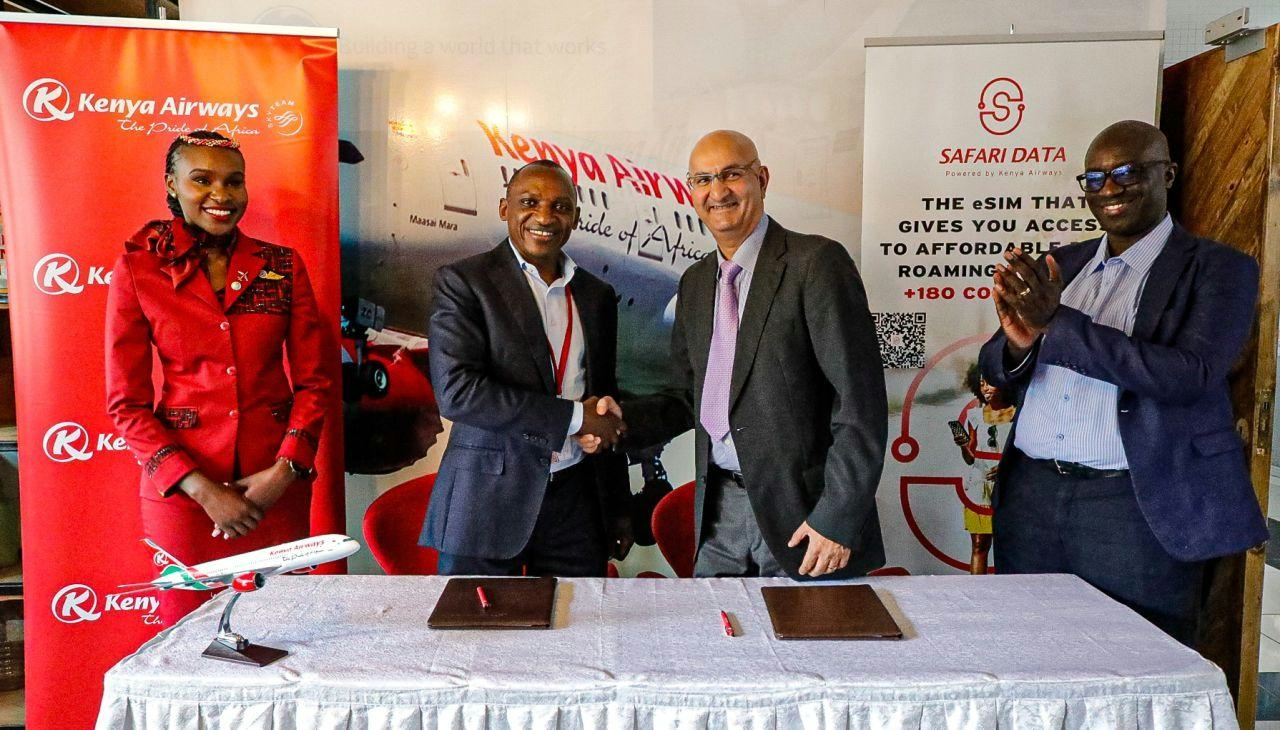热门趋势
Categories
Merlin integrates autonomy software into Northrop Grumman’s Beacon testbed to advance military flight systems
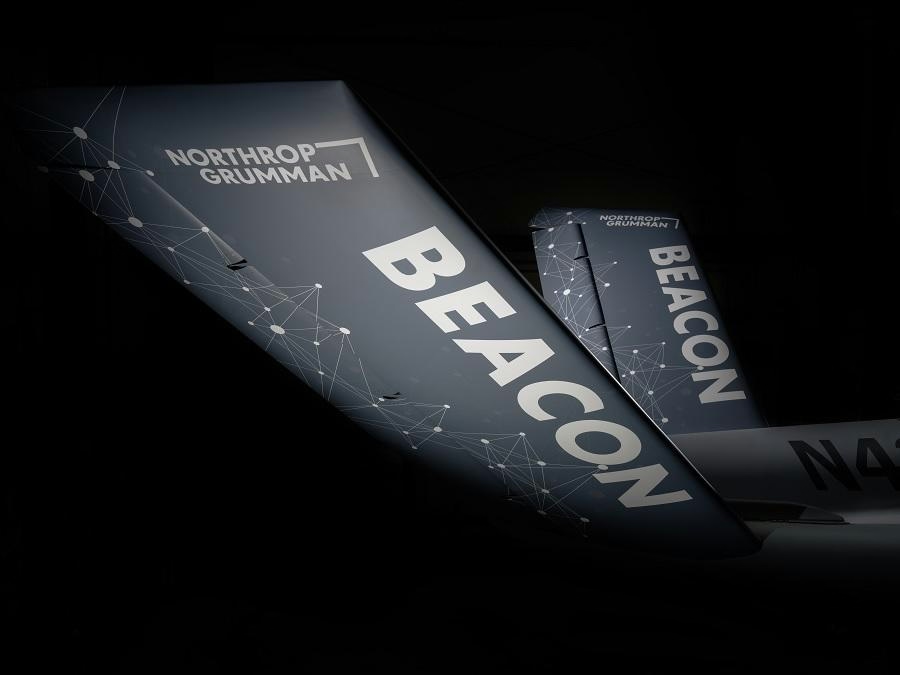
Merlin Integrates Autonomy Software into Northrop Grumman’s Beacon Testbed to Advance Military Flight Systems
Partnership to Accelerate Autonomous Flight Development
Merlin, a company specializing in autonomous flight technology, has entered into a strategic partnership with Northrop Grumman to integrate its Merlin Pilot software into Northrop Grumman’s recently launched Beacon testbed ecosystem. This collaboration aims to expedite the development and validation of mission autonomy capabilities for military and uncrewed aircraft. Beacon, unveiled in June 2025, provides an open-access testing environment where technology partners can refine their systems to meet stringent government requirements. Merlin plans to utilize this platform to validate its autonomy software under realistic, mission-relevant conditions, addressing the growing demand for autonomous capabilities in defense applications.
Currently, Merlin serves as the prime contractor for the United States Special Operations Command (USSOCOM), integrating autonomous systems into the C-130J aircraft and advancing similar efforts on the KC-135. The partnership with Northrop Grumman will also support Merlin’s expansion to the Model 437 Vanguard, developed by Scaled Composites and recently adapted for optionally autonomous operations. Northrop Grumman is employing the Model 437 Vanguard to accelerate airborne validation of mission and flight autonomy software, further enhancing the scope of this collaboration.
Integration Challenges and Collaborative Efforts
As part of the agreement, Merlin will contribute its Merlin Pilot software and lead integration activities, including software-in-the-loop testing, flight test operations, and the development of test documentation. Merlin engineers will actively participate in recurring planning sessions and be deployed to flight tests conducted in Mojave, California. Despite the promising prospects, integrating Merlin’s advanced autonomy software with Northrop Grumman’s Beacon testbed presents significant technical challenges. Ensuring the reliability and safety of military flight systems will necessitate extensive testing and close cooperation between the two companies. The complexity of merging cutting-edge software with established hardware platforms underscores the critical importance of rigorous validation processes.
Matt George, CEO and founder of Merlin, emphasized the strategic importance of the partnership, stating, “The demand for autonomous capabilities, especially in defence applications, is accelerating rapidly. Our collaboration with Northrop Grumman marks a major milestone in advancing mission autonomy—combining Merlin’s innovative software with the scale, rigour, and hardware expertise Northrop Grumman offers, which is needed for real-world deployment. The significance of joining the Beacon project is that it allows us to validate our technology on military aircraft and in mission-relevant environments, but also enables us to test and adapt new capabilities from Northrop Grumman for future Merlin efforts.”
Tom Jones, corporate vice president and president of Aeronautics Systems at Northrop Grumman, highlighted the value of industry collaboration: “Beacon is about collaboration across industry between companies of all sizes and expertise. By providing access to the Beacon ecosystem, we’re enhancing innovation, new competition and ultimately the autonomous capabilities that industry can deliver to our customers – with unmatched speed and at scale.”
Implications for the Defense Industry
The partnership between Merlin and Northrop Grumman is expected to attract significant interest from defense contractors and government agencies seeking to adopt similar autonomous technologies. Industry analysts anticipate that competitors may accelerate their own autonomous flight system development in response, potentially intensifying the race to deliver advanced defense technology solutions. As the sector continues to evolve, the successful integration and validation of autonomy software in military environments will be crucial for maintaining a competitive edge in this rapidly advancing field.
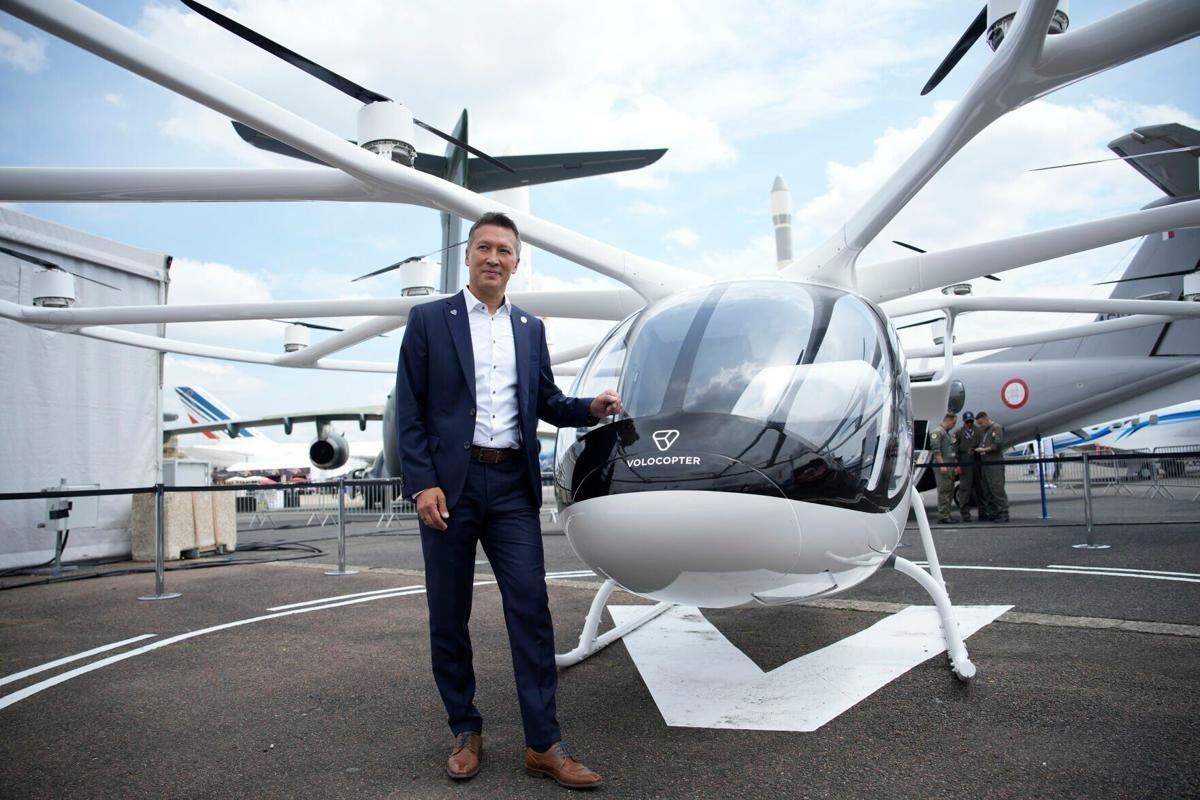
Trump Administration Pursues Public-Private Partnerships to Develop Air Taxi Industry

Verge Aerospace Unveils AI Tools for Drone Shows
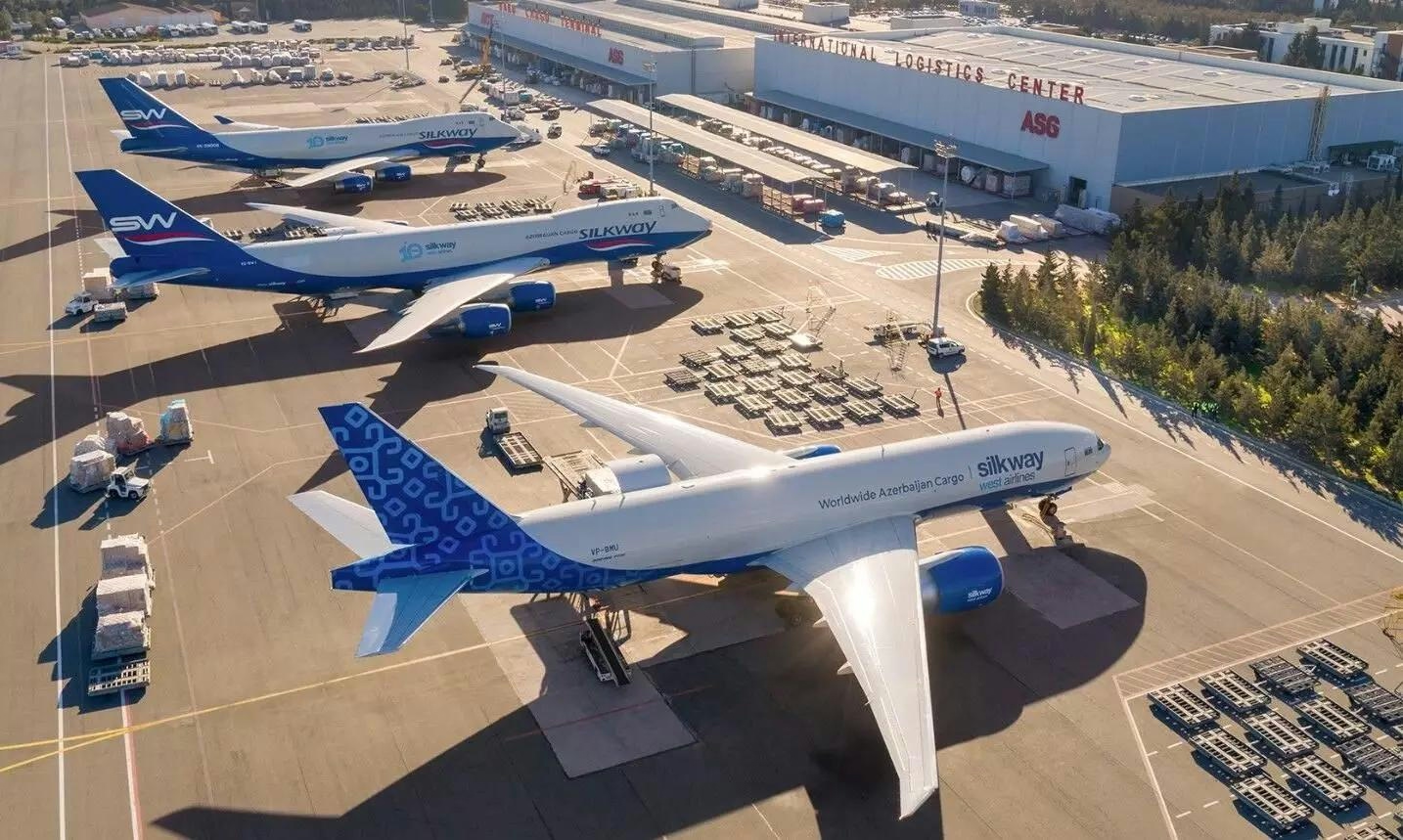
Silk Way West Airlines Renews Service Agreement with GE Aerospace
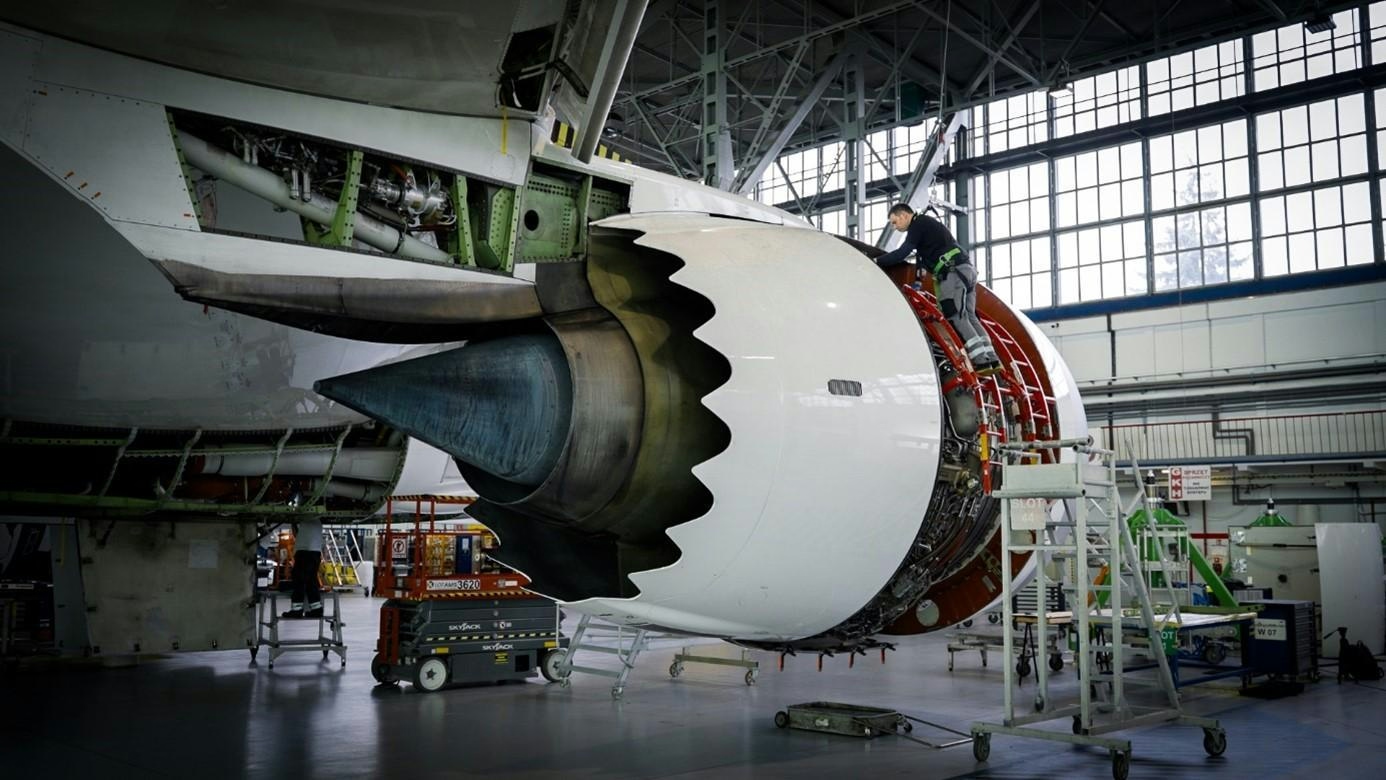
Aero Contractors Highlights Enhanced MRO Capabilities at Aviation Africa Summit
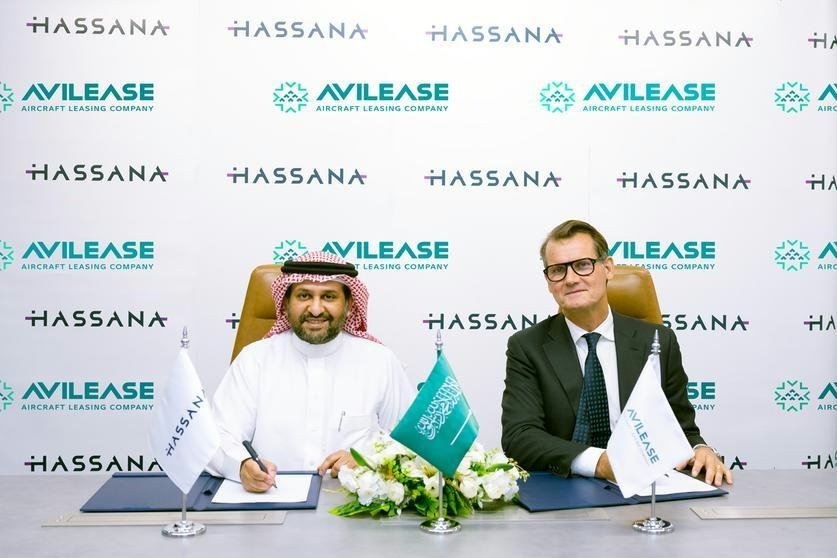
Hassana Investment Company and AviLease Form Aircraft Leasing Partnership
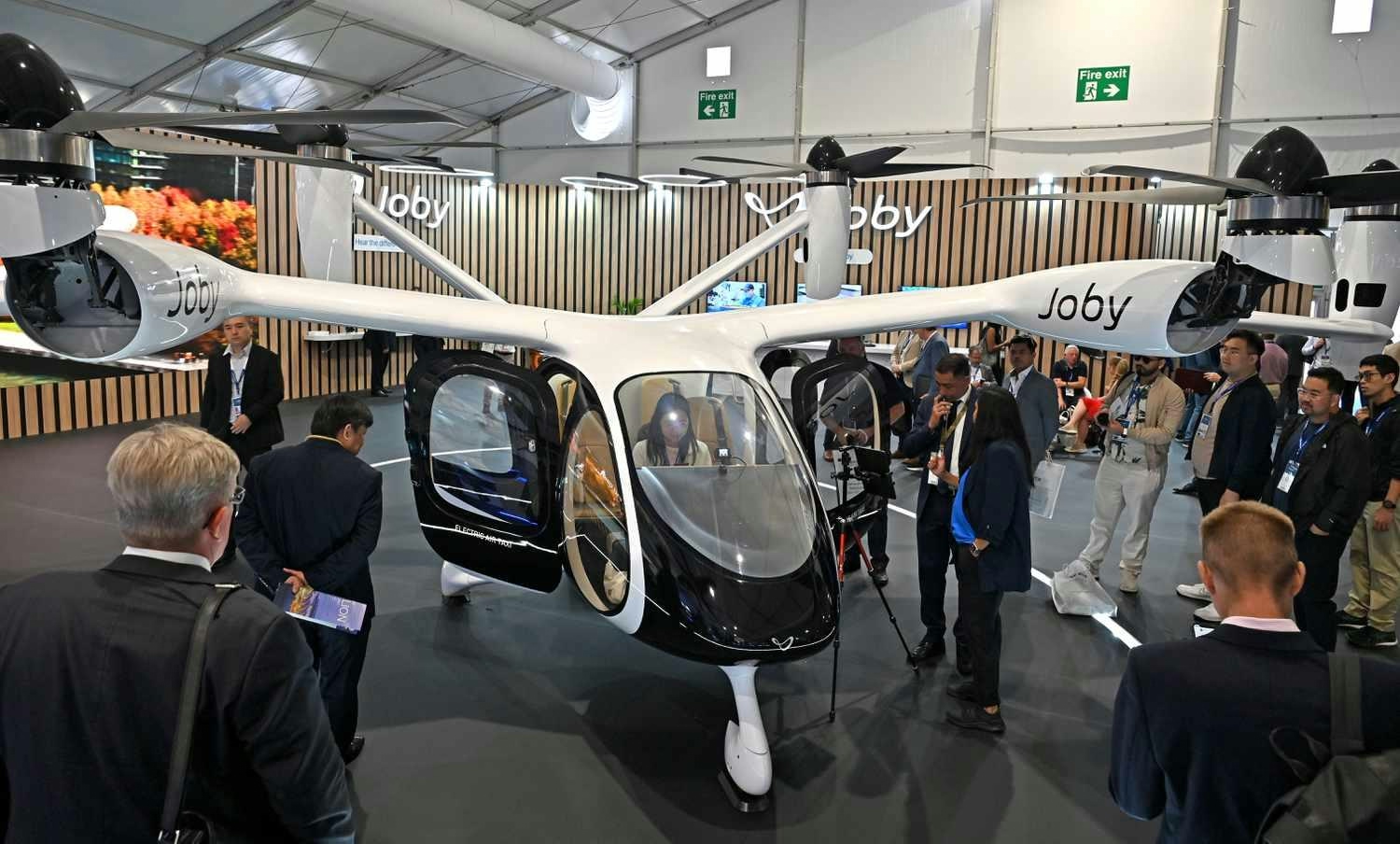
Investors Back Joby and Archer Following White House Air Taxi Pilot Announcement

Airline Drone Delays, AI-Designed School, Hyundai Investigation
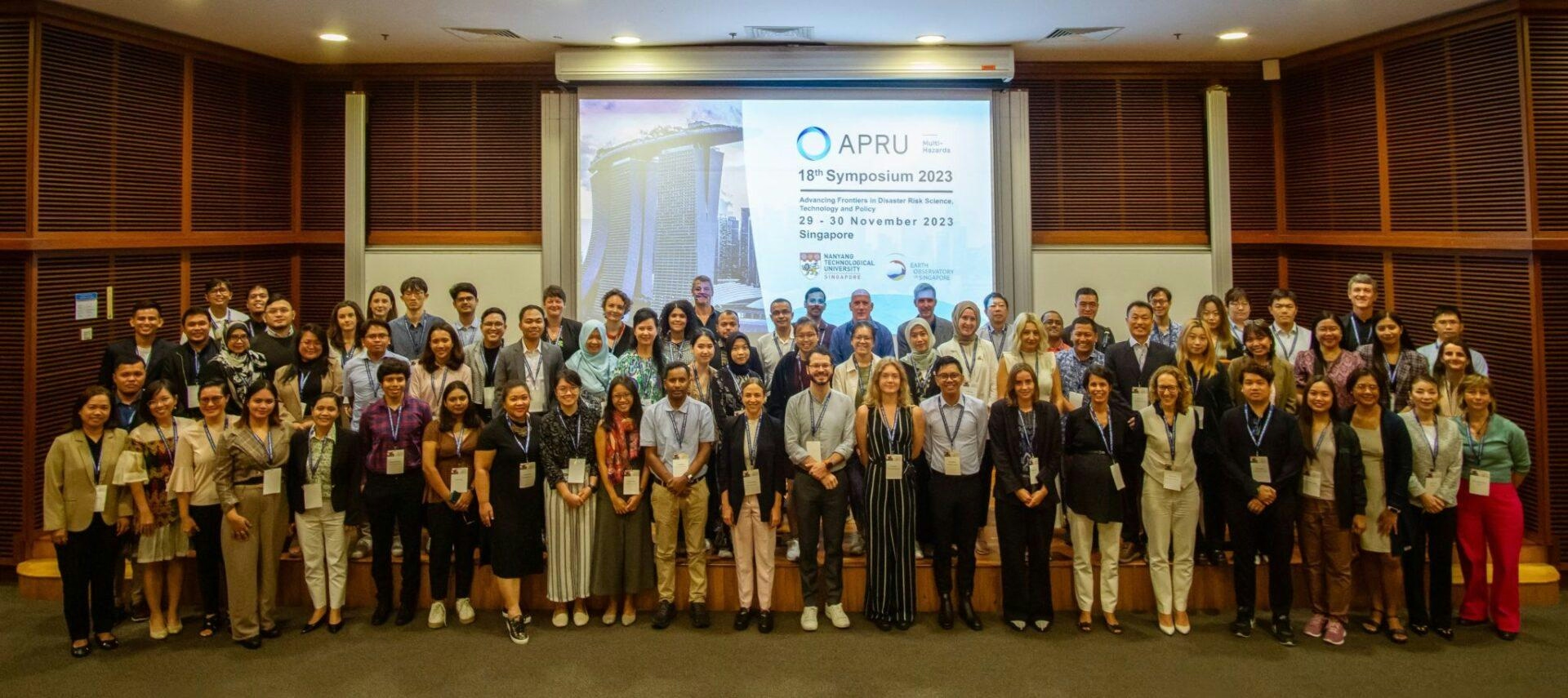
PAM Singapore Launches Annual Event
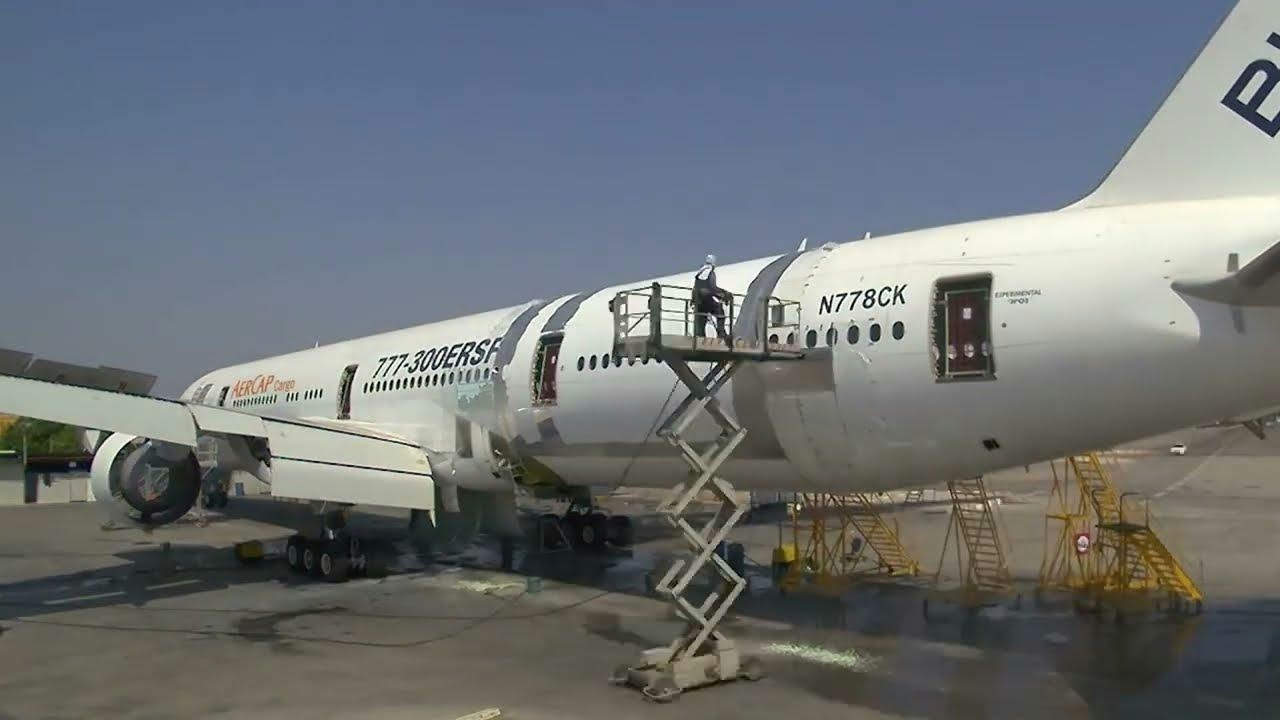
AerCap Transfers Two Converted 777-300ER Freighters to Kalitta Air
